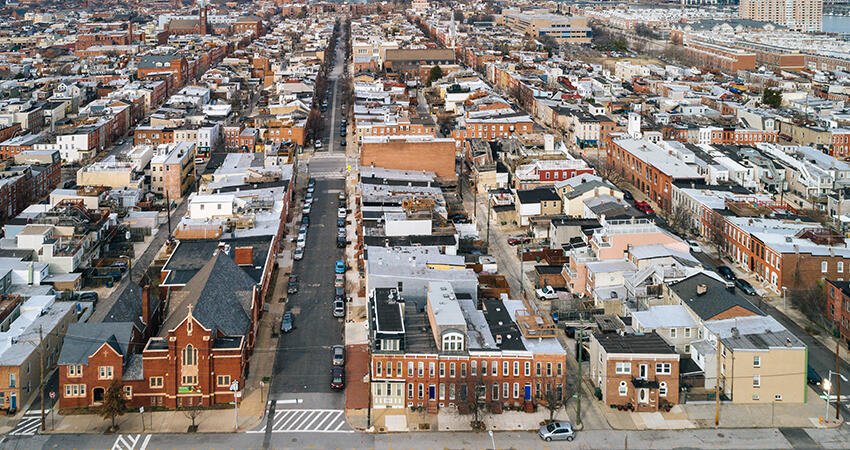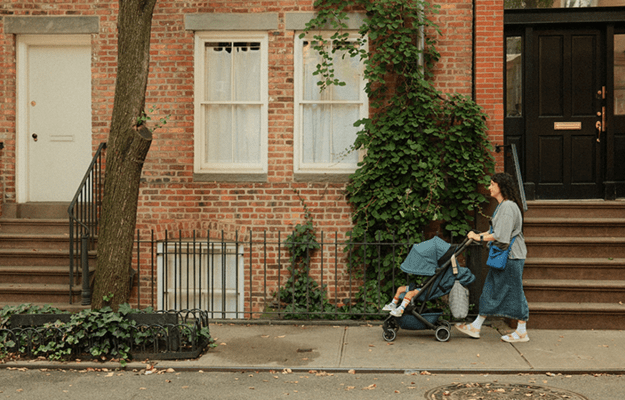
(John Bilous/Shutterstock)
How Neighborhood Violence Affects School Preference in Baltimore
- Title:
-
Anywhere but Here: Neighborhood Violence and Local School Preferences in Baltimore City
- Author:
-
Julia Burdick-Will, Leela Gebo, Alexandra D. Williams
- Source:
- Publication Date:
-
2024
Across the country, 43 states have now enacted policies that explicitly allow for school districts to implement interdistrict open enrollment. This policy enables students to attend schools outside of their traditional school attendance zone but within the same school district. In districts with this increased freedom, families with school-age children face an important decision of where to send their children to school.
A family may prefer to send their child to a school with high academic performance, well-rated teachers, and broad extracurriculars that is also nearby. But in reality, many families have to weigh a school’s quality with its proximity, along with other factors such as transportation, safety, and other neighborhood characteristics. Baltimore has an open enrollment policy in effect, and the Baltimore City Public School System (BCPSS) uses a ranked-choice enrollment system where students submit an application that ranks up to five schools. They’re then enrolled via entry criteria for selective enrollment schools and by lottery for nonselective schools that receive more applications than their capacity.
This study examines whether students in BCPSS who live in violent neighborhoods actively avoid enrolling in their local schools. The authors use a combination of administrative data from the Baltimore Education Research Consortium, American Community Survey, Baltimore City Planning Department, and Baltimore Police Department to determine a student’s demographics, socioeconomic status, closest school, school preference rankings, and exposure to violent crimes in their neighborhood during the year before they submitted school enrollment applications. They calculate exposure to violence by tabulating the number violent crimes within each neighborhood boundary as defined by the Baltimore City Planning Department.
The authors also collected data on school measures such as size, demographics, test scores, and graduation rates. They then compared the interaction between the level of neighborhood violence and the ranking of a student’s closest school while adjusting for observed school characteristics and constant unobserved student characteristics.
The authors found that students from more violent neighborhoods were statistically significantly less likely to choose their closest school than students from neighborhoods with less violence.
Key findings
- The average student in the highest quartile of neighborhood violence is exposed to 322 violent crimes a year, whereas students in the lowest quartile of neighborhood violence are only exposed to 29 violent crimes a year on average.
- Students living in neighborhoods in the highest quartile of exposure to violent crimes only list their nearest school in their ranked choices 22 percent of the time, compared with students in the lowest quartile of neighborhood violence listing their nearest school almost 29 percent of the time.
- When students do rank their closest school, those living in high-violence neighborhoods tend to rank their closest school slightly lower on their preference list than those living in lower-violence neighborhoods.
Policy implications
- Because students are extremely unlikely to attend a school that they don’t rank highly, even a small difference in the likelihood to rank their closest school as a preference between students in low-violence versus high-violence neighborhoods may result in significant variations in enrollment patterns across neighborhoods.
- As students attend schools outside their neighborhoods, they may face longer commutes and more complex transportation issues that have negative effects on students or the districts themselves.
- Districts that solely invest in improving the quality of local schools may not realize the full benefits of their investments without also addressing issues with violent crimes in their neighborhoods.


